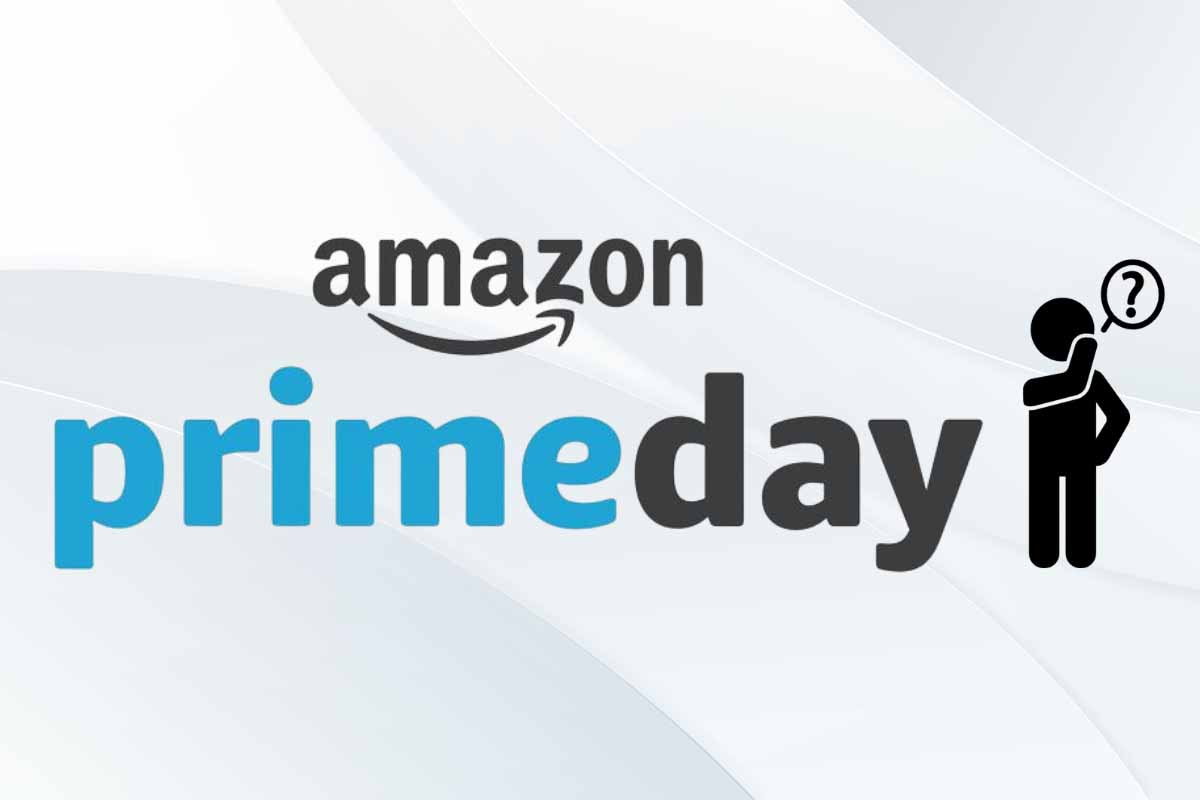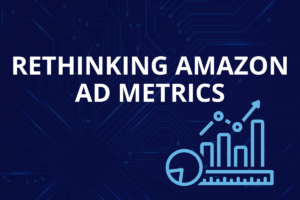Amazon Prime Day has become a highly anticipated event for both shoppers and sellers, offering exclusive deals and discounts to Amazon Prime members resulting in significant sales growth. However, for some advertisers on the Amazon platform, participating in Prime Day may not translate into increased profitability. Below are some reasons to consider redirecting your advertising efforts toward other Amazon advertising opportunities.

Increased Competition and Ad Saturation
During Prime Day, Amazon experiences a surge in traffic and sales, resulting in intensified competition among advertisers. With countless products and promotions vying for consumer attention, advertisers may find it challenging to stand out and achieve a significant return on their advertising investment. Ad saturation can dilute the effectiveness of advertisements, making it difficult for brands to generate a meaningful impact amidst the overwhelming number of deals and offers.

“A Rising Tide Lifts All Boats”
A phrase popularized by President John F. Kennedy, describes the idea that all involved in an event benefit from that event regardless of participation levels. Based on an internal analysis of our advertising partners, this has proven to be true. Brands taking a simple approach to Prime Days that didn’t include discounts/coupons/or special promotions still saw, on average, a 30% lift in gross sales during the Amazon holiday with some still seeing triple digit growth.

Reduced Profit Margins
Amazon Prime Day is primarily focused on providing deep discounts and attracting bargain-hunting customers. This pricing strategy can put significant pressure on advertisers to lower their prices, eroding profit margins in the process. While increased sales volumes are anticipated, it is important to evaluate whether these additional sales will compensate for the reduced profitability resulting from extensive discounts. Advertisers must carefully assess the long-term financial implications before deciding to participate in Prime Day.

Distraction From Core Objectives
Prime Day can be a frenzy for shoppers, who are primarily focused on scoring the best deals. As a result, advertisers may find it difficult to convey their brand’s core message or differentiate their products based on unique value propositions. Participating in Prime Day may divert attention from building brand loyalty or communicating the brand’s story, ultimately diluting the long-term impact of their advertising efforts.

Short-Term Sales versus Long-Term Growth
While Prime Day offers the potential for short-term sales spikes, it is essential for advertisers to consider the long-term growth and sustainability of their businesses. Participating in Prime Day might yield temporary sales boosts, but it can create a cycle of dependency on seasonal promotions, potentially overshadowing the importance of building a robust brand and cultivating customer loyalty throughout the year. By opting out of Prime Day, advertisers can redirect their resources toward building stronger customer relationships, enhancing product quality, or developing innovative marketing strategies that foster long-term growth.

Alternative Advertising Strategies
The vast number of Amazon digital advertising options offer numerous alternative strategies that can be more cost-effective and result in better ROI for advertisers. By opting out of Prime Day, advertisers can explore avenues such as DSP, STV, SLP, or special programs such as Baby or Wedding Registry Ad Placements. These strategies provide opportunities to target specific demographics, engage consumers with compelling narratives, and foster brand loyalty, all while potentially achieving higher profitability compared to the highly competitive and discount-focused environment of Prime Day.
While Amazon Prime Day has undoubtedly become a significant event for both shoppers and sellers, it is crucial for advertisers to carefully evaluate its profitability for their businesses. Ultimately, these factors are examples of why it may be more profitable to explore alternative strategies that align better with your long-term objectives and drive sustainable growth in the ever-evolving e-commerce landscape.





